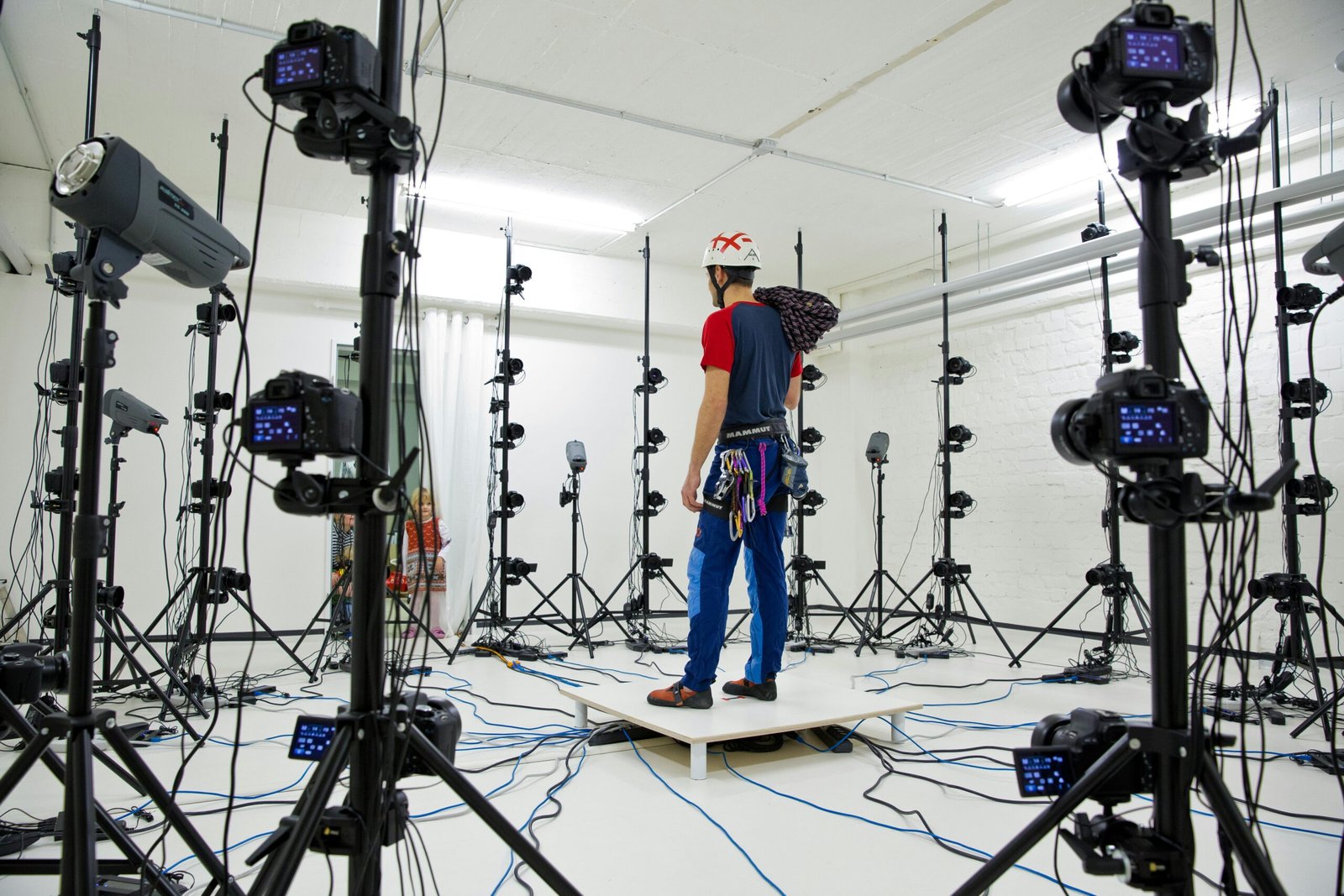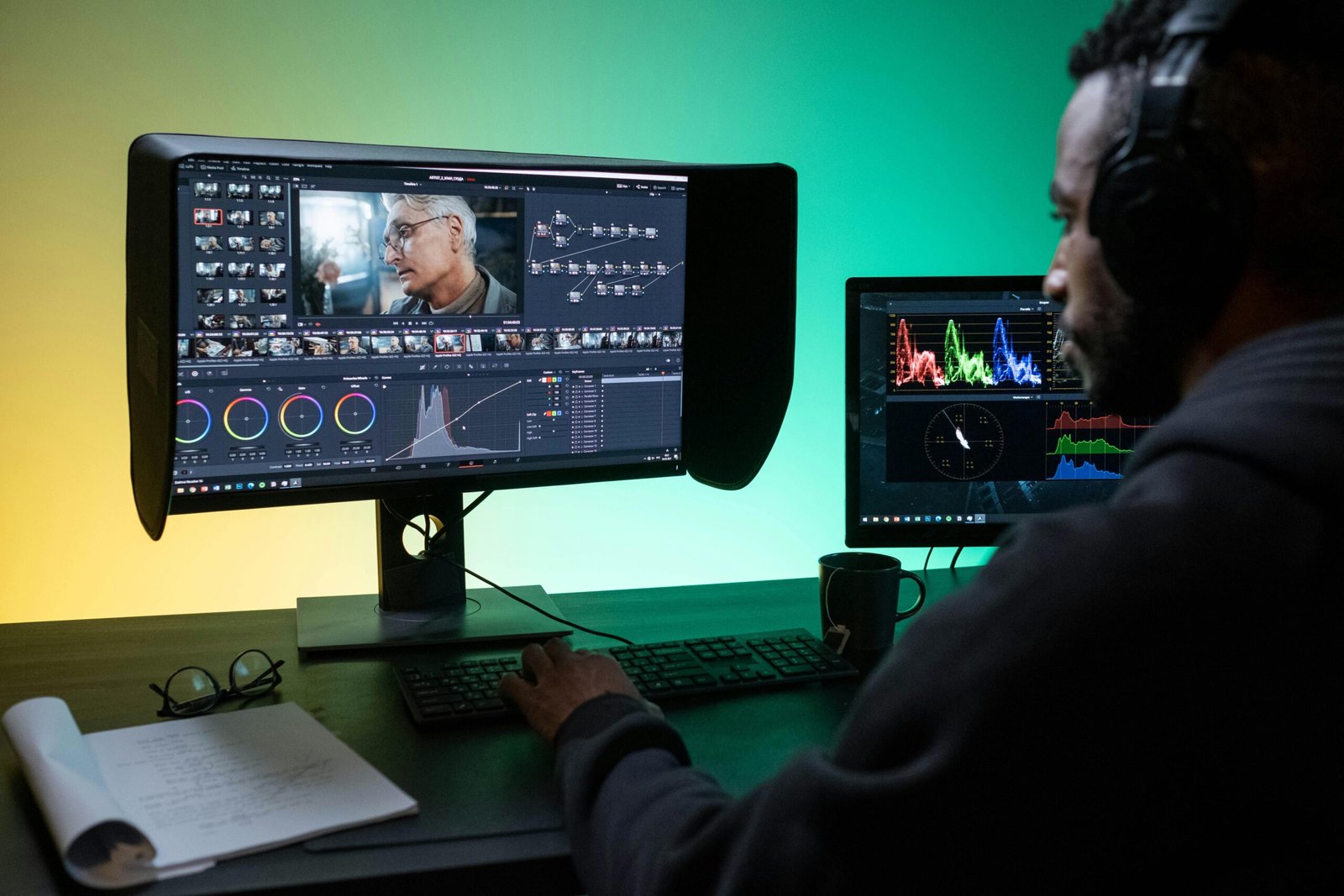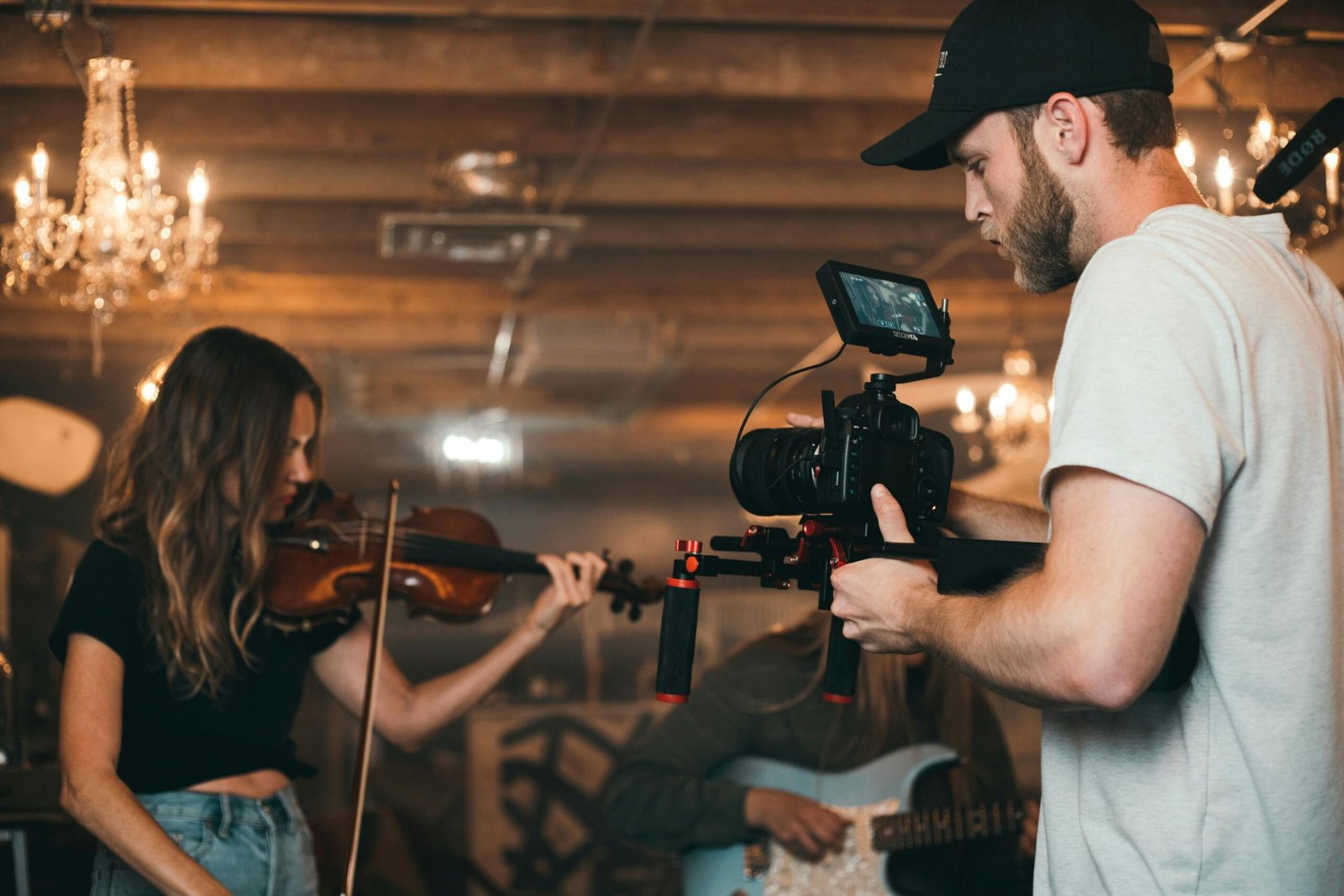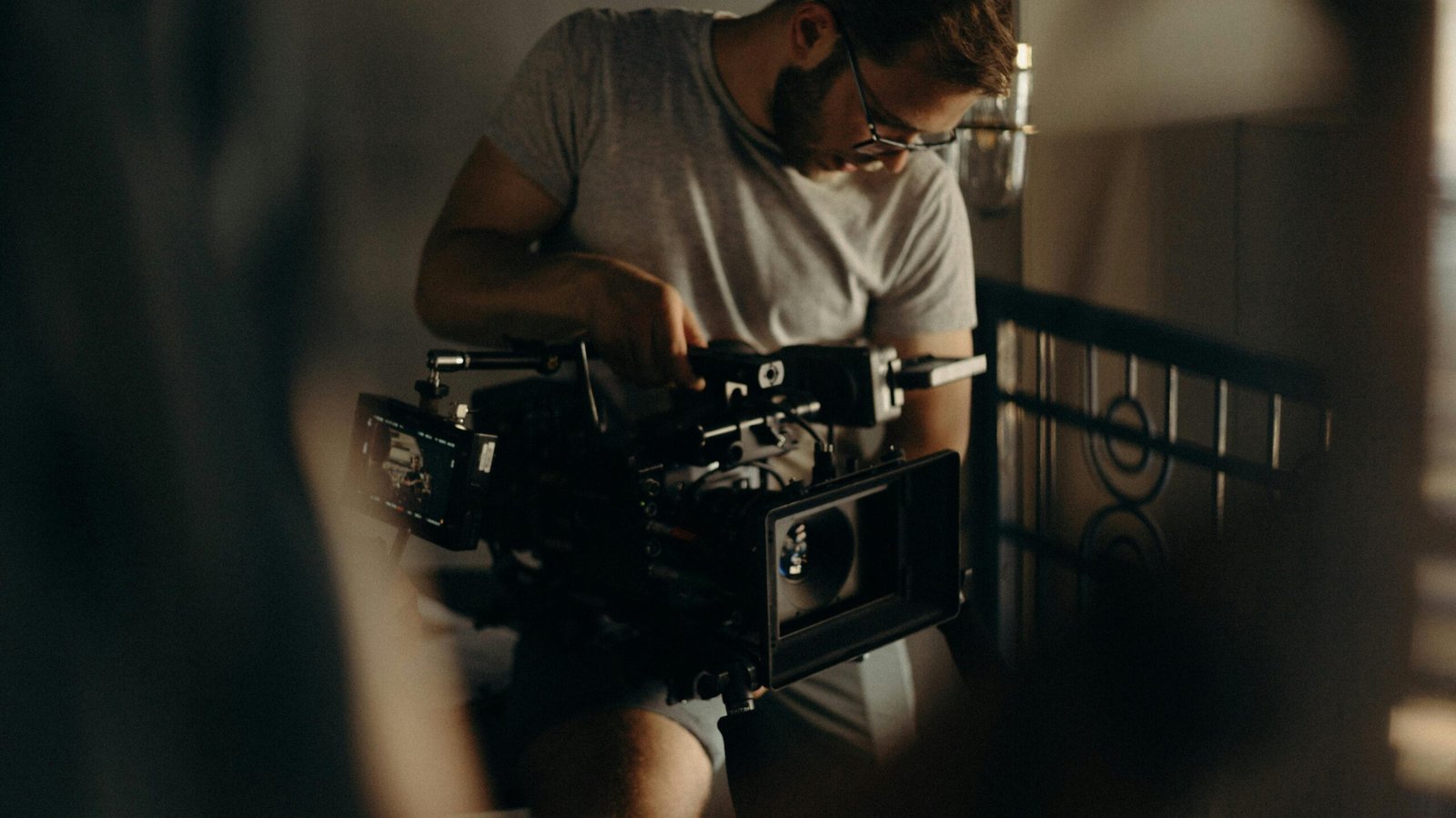The Ultimate Guide to Videography in Durban Introduction Durban, a vibrant city on the east…
The Ultimate Guide to Videography: Mastering the Art of Filmmaking in 2024
Videography has evolved from a niche hobby to a mainstream profession. With advancements in technology, creating high-quality videos is now more accessible than ever. Whether you’re a budding filmmaker or a hobbyist, understanding the essentials of videography is crucial. This guide will walk you through the history, key terms, basic concepts, and the journey of becoming a professional videographer.
History of Videography
Videography began in the early 20th century with the invention of motion pictures. The first video camera was developed in the 1890s by Thomas Edison and William Kennedy Laurie Dickson. These early cameras used celluloid film to capture motion, a technique that dominated the industry for decades. The transition from film to digital began in the late 20th century, revolutionizing the field. Digital cameras, introduced in the 1980s, allowed for easier editing, storage, and distribution of video content. Today, with smartphones capable of shooting high-definition video, anyone can become a videographer.

Key Terms in Videography
Understanding the language of videography is essential. Here are some key terms:
- Frame Rate: The number of frames captured per second, commonly measured in frames per second (fps). Standard rates include 24fps, 30fps, and 60fps.
- Resolution: The amount of detail in a video, typically measured in pixels (e.g., 1080p, 4K).
- Aspect Ratio: The width-to-height ratio of a video frame. Common ratios include 16:9 and 4:3.
- B-Roll: Supplementary footage used to enrich the main video.
- ISO: A camera setting that affects its sensitivity to light.
- Shutter Speed: The amount of time the camera’s sensor is exposed to light.
- Aperture: The size of the lens opening, affecting the depth of field and exposure.
Basic Videography Concepts
Framing and Composition
Good composition is crucial for engaging videos. Use the rule of thirds to position your subject, creating a balanced and aesthetically pleasing frame. Leading lines, symmetry, and depth are other important aspects of composition.
Lighting
Lighting can make or break a video. Natural light is great, but understanding how to use artificial lighting is equally important. Three-point lighting (key light, fill light, and backlight) is a standard technique.
Sound
Clear audio is essential for professional videos. Use external microphones and consider the acoustics of your shooting environment. Background noise can be reduced during post-production.
Movement
Camera movements add dynamism to your videos. Techniques include panning, tilting, tracking, and zooming. Use stabilizers or gimbals to achieve smooth shots.

Getting Started in Videography
Choosing the Right Equipment
Start with a decent camera. DSLRs and mirrorless cameras are popular choices due to their versatility. Don’t forget essential accessories like tripods, microphones, and lighting kits.
Learning the Basics
Familiarize yourself with your equipment. Experiment with different settings and practice shooting in various environments. Online tutorials and courses can be very helpful.
Creating a Storyboard
Planning your shots is crucial. A storyboard helps visualize the sequence of your video, ensuring you capture all necessary footage.
Shooting Your First Video
Start small. Create short videos to practice your skills. Focus on one aspect of videography at a time, such as lighting or composition.

Post-production in Videography
Editing Software
Editing is where your video comes to life. Popular software includes Adobe Premiere Pro, Final Cut Pro, and DaVinci Resolve. Learn the basics of cutting, trimming, and splicing footage.
Color Correction and Grading
Color correction ensures consistent color throughout your video. Color grading adds mood and style. Both are essential for a professional look.
Sound Editing
Enhance your audio by adjusting levels, removing noise, and adding sound effects or music. Syncing audio with video is crucial for a seamless experience.
Adding Effects and Titles
Special effects and titles can enhance your video. Use them sparingly to avoid distracting from the main content.

Building a Videography Portfolio
Selecting Your Best Work
Choose a variety of projects that showcase different skills. Quality over quantity is key.
Creating a Showreel
A showreel is a short compilation of your best work. Keep it concise and engaging, ideally under two minutes.
Online Presence
Create a website or use platforms like Vimeo and YouTube to showcase your portfolio. Social media can also help you reach a wider audience.
Networking
Connect with other videographers, attend industry events, and join online communities. Networking can lead to collaborations and job opportunities.

Key Skills for Videographers
Technical Skills
Understanding your equipment and software is fundamental. Continuous learning is essential as technology evolves.
Creative Skills
Storytelling, creativity, and a keen eye for detail are vital. Always look for new ways to innovate and improve your work.
Communication Skills
Working with clients and teams requires clear communication. Understanding the client’s vision and providing feedback is crucial for successful projects.
Problem-solving Skills
Videography often involves troubleshooting technical issues or adapting to unexpected situations. Being resourceful and adaptable is key.

Legal Considerations in Videography
Copyright and Permissions
Ensure you have the rights to use music, footage, and images in your videos. Obtain necessary permissions and licenses.
Contracts and Agreements
Use contracts to outline the terms of your work, including payment, deliverables, and deadlines. This protects both you and your clients.
Privacy Laws
Respect privacy laws, especially when filming in public or capturing personal data. Obtain consent from individuals featured in your videos.
Insurance
Consider insurance to protect your equipment and cover liability. Accidents can happen, and insurance provides peace of mind.
Videography Career Pathways
Freelance Videographer
Many videographers start as freelancers. This path offers flexibility but requires self-motivation and business skills.
Corporate Videographer
Corporations hire videographers for marketing, training, and internal communications. This role often provides stability and benefits.
Filmmaker
Filmmaking involves creating movies, documentaries, or TV shows. It’s a challenging but rewarding career for those passionate about storytelling.
Wedding Videographer
Specializing in weddings can be lucrative. This role demands excellent interpersonal skills and the ability to capture emotional moments.
Content Creator
With the rise of social media, many videographers create content for platforms like YouTube and TikTok. This path offers creative freedom and the potential for substantial income.

Conclusion
Videography is a dynamic and rewarding field that combines technical skills with creative expression. Whether you’re just starting or looking to advance your career, understanding the fundamentals, mastering post-production, and building a strong portfolio are essential steps. Stay updated with the latest trends and continuously hone your craft to succeed in this ever-evolving industry.
FAQs
What equipment do I need to start videography?
A good starting kit includes a DSLR or mirrorless camera, a tripod, an external microphone, and basic lighting equipment. As you advance, you can invest in more specialized gear.
How can I improve my videography skills?
Practice regularly, study online tutorials, take courses, and seek feedback from experienced videographers. Experiment with different techniques and styles.
Is videography a good career?
Yes, videography can be a fulfilling and lucrative career. It offers various pathways, including freelancing, corporate work, filmmaking, and content creation. Your success depends on your skills, creativity, and dedication.
What software is best for video editing?
Popular video editing software includes Adobe Premiere Pro, Final Cut Pro, and DaVinci Resolve. Each has its strengths, so choose one that fits your needs and budget.
How do I build a videography portfolio?
Select your best work, create a showreel, and establish an online presence through a website or platforms like Vimeo and YouTube. Networking and continuous skill development are also crucial.




